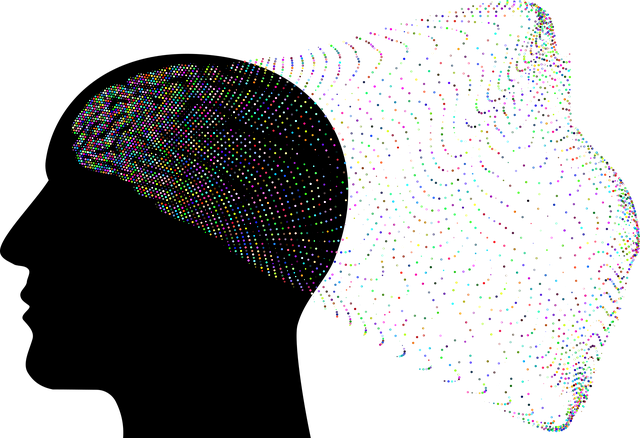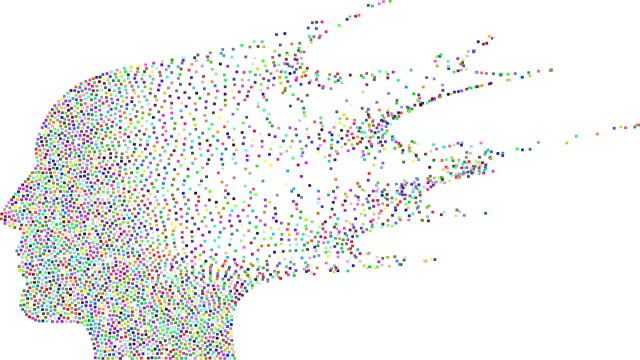Developing effective public awareness campaigns for mental health among young adults, adolescents, and teens involves understanding their unique challenges like peer pressure, academic stress, and social media allure. Creators must focus on therapy for young adults and adolescent and teen mental health services, emphasizing self-care routines and early intervention strategies. Through authentic messaging, community outreach, and strategic planning, these campaigns aim to reduce stigma, improve engagement, and track success using metrics like reach, engagement rates, and feedback.
Public awareness campaigns play a pivotal role in shaping societal perceptions and behaviors, especially regarding mental health initiatives. This article explores strategies to enhance campaign effectiveness, focusing on understanding the unique needs of young adults, adolescents, and teens. By delving into target audience analysis, we uncover key messaging techniques and successful implementation methods for therapy-related campaigns. We emphasize the importance of tailored approaches, ensuring these vital services reach those who need them most—young individuals navigating life’s challenges.
- Understanding the Target Audience: Young Adults, Adolescents, and Teens
- Crafting Effective Messaging and Strategies for Public Awareness Campaigns
- Implementing and Evaluating Campaign Success for Therapy-Related Initiatives
Understanding the Target Audience: Young Adults, Adolescents, and Teens

Understanding the target audience is a critical step in developing effective public awareness campaigns, especially when focusing on mental health issues prevalent among young adults, adolescents, and teens. This demographic faces unique challenges, including peer pressure, academic stress, and the constant allure of social media, all of which can contribute to rising rates of depression and anxiety. To reach and engage this audience meaningfully, campaign creators must recognize their specific needs and preferences.
Young adults, in particular, are navigating a rapidly changing world, often while managing education, careers, and relationships. They may be hesitant to seek therapy for young adults or adolescent and teen mental health services due to stigma or a lack of awareness about available resources. Therefore, campaigns should promote self-care routine development for better mental health, emphasizing the importance of early intervention and prevention strategies like depression prevention. Healthcare provider cultural competency training is also essential to ensure that support systems are sensitive to diverse youth cultures and experiences.
Crafting Effective Messaging and Strategies for Public Awareness Campaigns

Crafting compelling messaging is a cornerstone of successful public awareness campaigns aimed at young adults, adolescents, and teens. To resonate with this demographic, messages must be authentic, relatable, and centered around addressing their specific mental health challenges. Incorporating empathy-building strategies within campaign materials can significantly enhance connection and encourage open dialogue about sensitive topics. For instance, sharing personal stories of resilience or using engaging multimedia formats can foster understanding and reduce stigma associated with seeking therapy for young adults.
Effective campaigns also require strategic planning that includes community outreach program implementation. By partnering with schools, youth organizations, and local influencers, campaign messages can reach a wider audience and gain momentum. Additionally, integrating risk management planning for mental health professionals ensures safety and builds trust during campaign interactions, allowing for more meaningful engagement and ultimately contributing to improved mental well-being among targeted demographics.
Implementing and Evaluating Campaign Success for Therapy-Related Initiatives

Implementing successful public awareness campaigns for therapy-related initiatives requires a strategic approach to reach and engage the target audience, particularly young adults, adolescents, and teens. These campaigns aim to educate and encourage individuals to prioritize their mental health by fostering self-care practices and promoting anxiety relief strategies. A well-structured campaign should include clear messaging, utilizing various media platforms to cater to diverse preferences. This might involve creative content such as videos, social media posts, or interactive workshops that subtly introduce concepts of inner strength development.
Evaluating the success of these campaigns is crucial for understanding their impact. Metrics such as reach, engagement rates, and feedback from participants can highlight effective components. For therapy-related initiatives, tracking changes in behavior related to self-care practices and anxiety levels over time provides valuable insights into campaign effectiveness. This data-driven approach ensures that resources are allocated efficiently and that campaigns continue to resonate with the intended audience, fostering positive mental health outcomes.
Public awareness campaigns play a pivotal role in educating and engaging young adults, adolescents, and teens about mental health and therapy services. By understanding their unique perspectives and tailoring messaging accordingly, we can create impactful initiatives that encourage help-seeking behaviors. Implementing these campaigns effectively involves strategic planning, creative execution, and continuous evaluation to ensure success in reaching and assisting those most in need, specifically targeting therapy for young adults, adolescents, and teens.














